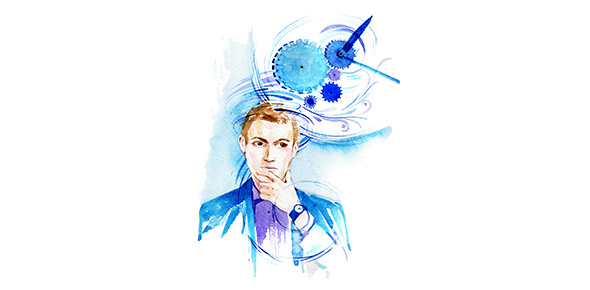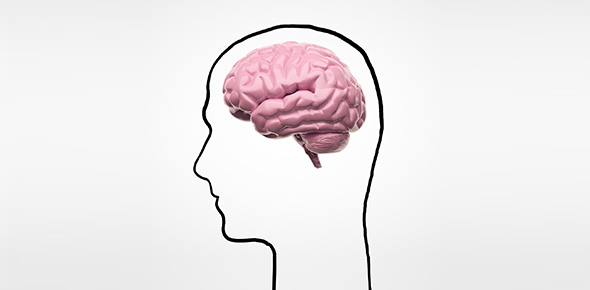Related Flashcards
Related Topics
Cards In This Set
| Front | Back |
|
Sexual orientation
|
Enduring emotional, romantic, sexual, or physical attraction toward othersExists along a continuum: Ranges from exclusive heterosexuality to exclusive homosexuality and includes bisexualityDiffers from sexual behavior because it refers to feeling and self conceptIndividuals may or may not express their sexual orientation in their behaviors
|
|
Heterosexual
|
Person who experiences the human need for intimacy warmth, affection, love, sex - from persons of the opposite sex
|
|
Homosexual
|
Person who experiences the human need for intimacy warmth, affection, love, sex - from persons of the same sexTerm coined in 1869 to describe a person who has “and other than normal sexual urge which renders them physically and psychically incapable”1942: American Psychiatric Association declared homosexuality a disease1973: American Psychiatric Association removed homosexuality from DSM1974: 37% of its membership voted to reclassify homosexuality as a disease; they were not successfulHomosexuality not considered a pathology by professional mental and physical health organizations today
|
|
Bisexual
|
Person who experiences the human need for intimacy warmth, affection, love, sex - from persons of either sex
|
|
Homophobia
|
Negative feelings, attitudes, actions, or behaviors against lesbians, gay men, and bisexuals.Also a ear of one’s own same-sex sexual or affectional feeling as well as a fear of being perceived as gay, lesbian, or bisexual
|
|
What it means to say that it exists along a continuum
|
Ranges from exclusive heterosexuality to exclusive homosexuality and includes bisexualit
|
|
Historical approaches of birth control
|
Used since recorded history began, Ancient times:Drinking of mercuryDried beaver testicle teaVaginal plugs of honey and animal dung18th-19th Centuries: Casanova-Cervical Cap-1/2 squeezed lemon, Condom, Initially made of animal intestine, Employed both as a means of contraception and in the hopes of avoiding syphilisMid 20th-century: Scientists better understood the functioning of the menstrual cycle; hormones, Oral Contraceptives
|
|
Menstruation: what it is, Latin meaning of the term; Attitudes, practices, and taboos.
|
Latin - menstrualis “monthly”“Sloughing off: of uterine wall when eggs are not fertilizedU.S. Negative: Limitations and myths, Weakened intellect, No swimming,Bread won’t rise, Wither the flowers
|
|
Menstrual synchrony - what is it; why?
|
Women sharing close space have similar cycles (phernomones)
|
|
What is sexuality?
|
Not just about “having sex”How a person feels: major aspect of our identityNot what we do, who we are
|
|
The Early Christians
|
Views largely shaped by the churchSex restricted to marriage, for procreationMasturbation, prostitution, same-sex sexual relations, oral-genital contact, and anal intercourse were strictly forbidden and viewed as sinful
|
|
Catholic Church dominated thoughtwomen as Eve or MaryThe Protestant ReformationPriests allowed to marry and rear childrenSex not just for procreation
|
|
The Victorian Era
|
Sexuality was repressedNot discussed in publicWomen thought to have no sexual feelingsHowever, prostitution was quite common: Men had sex with prostitutes instead of their wife because of “Women thought to have no sexual feelings”The foundations of the scientific study of sexuality began during the Victorian Era
|
|
Post WWII and The Sexual Revolution
|
Baby Boom! and Divorce rose
During the mid-1960s to the mid-1970s sexual attitudes and behaviors became more liberalThe birth-control pill! |
|
What is the medicalization of childbirth and its effects?
|
|







